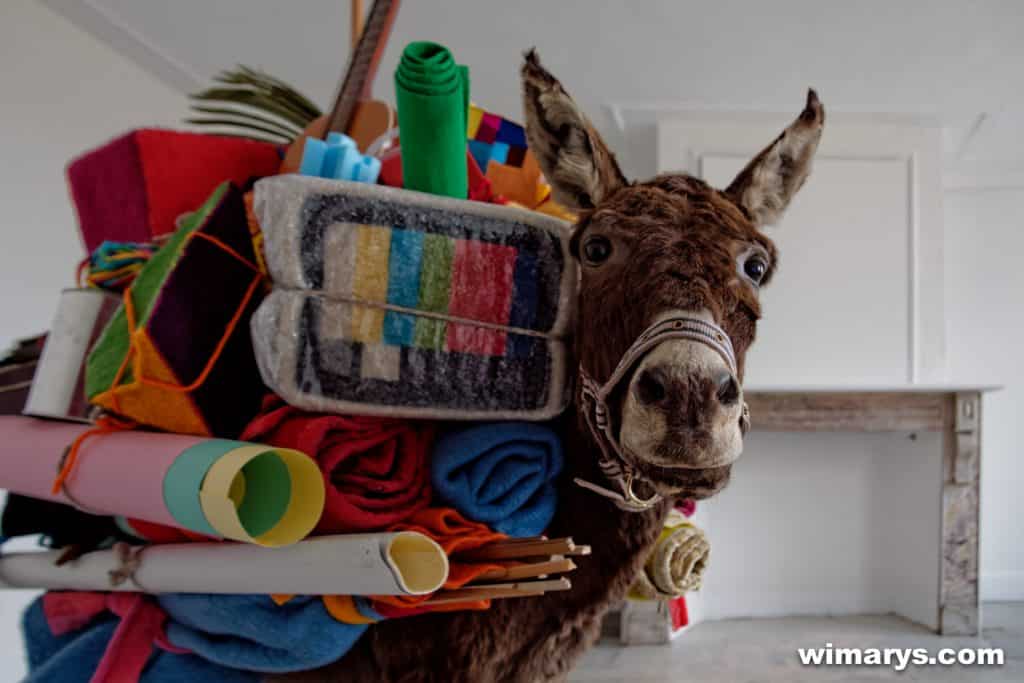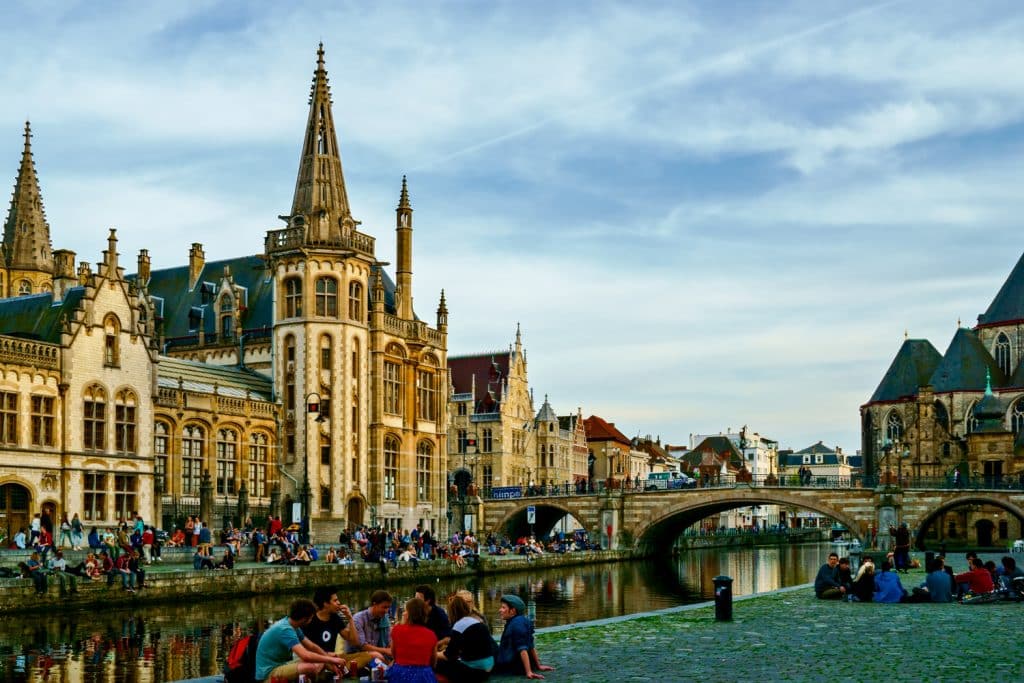taking photographs of the supermoon
Taking photographs of the supermoon with the Sony A7r
There is a supermoon tonight, when a full moon coincides with the closest approach to the Earth on its elliptical orbit. The size of the lunar disk is larger than usual, so it’s a great occasion to work on your lunar photography skills.
I’ve compiled a small guide on how to set up your Sony A7r and what extra gear you’d need to get the best shots.
Pick a good spot
Like they say in the real-estate business, location is everything. Pick a spot with low or no ambient light from houses and streetlights.
Take your time
Don’t worry, the moon will be there all night. Take your time to experiment with different apertures, shutter times and AF or manual focus. Perhaps try going on M, full manual mode, or go with aperture priority mode, around f/8-11, where most lenses are sharpest corner-to-corner.
Long zoom lens
You’ll need a pretty powerful zoom lens if you want to get close enough to the super moon for a decently framed shot. As the Sony A7r currently does not have any longer than the FE70200G, You’ll need either the LAEA1 or LAEA2 A-mount to E-mount adapter. I used the SAL70300G for this shot, but this lens is a bit soft at 300mm, so I’d recommend getting the SAL70400GII. You don’t really need a fast lens, just make sure you get a sharp one.
Tripod
Another must is a sturdy tripod. As you want to eliminate camera shake, and perhaps use longer shutter speeds if you’re using smaller apertures to get the optimum performance sharpness-wise from your lens of choice.
Shutter remote or PlayMemories app on your smartphone
In line with keeping your camera as steady as possible, a shutter remote like the VPR1 will come in handy. Another possibility is using the PlayMemories remote app for iPhone or Android to trigger the shutter. The advantage here is that you can also experiment with different apertures, shutter speeds and values from the app, and you can see an approximation of the result right on your smartphone.
Sony A7r
The high resolution full-frame Sony A7r is ideally suited for this kind of photography. You’ll be able to see lots of supermoon detail, and some cropping afterward is still possible.
RAW
Shoot in RAW mode, as you might need to add some micro-contrast and sharpness afterwards to make the supermoon shine fully.
ISO
ISO is best set as little as possible, so you have full flexibility when editing your images afterwards without noise interfering and spoiling the party.
Metering
Use spot point measurement, as using multi metering in full darkness or dim light won’t give you a correctly exposed super moon.
Aperture
Go with M, full manual mode, or go with aperture priority mode, around f/8-11, where most lenses are sharpest corner-to-corner.
Shutter speed
Finding an appropriate shutter speed will take some time, as this all depends on the shooting conditions. As the moon reflects the rays from the sun, you might be surprised that a relatively fast shutter speed like 1/80 second is often sufficient, especially on a clear night.



Nice tutorial, now just wait for the next supermoon 🙂